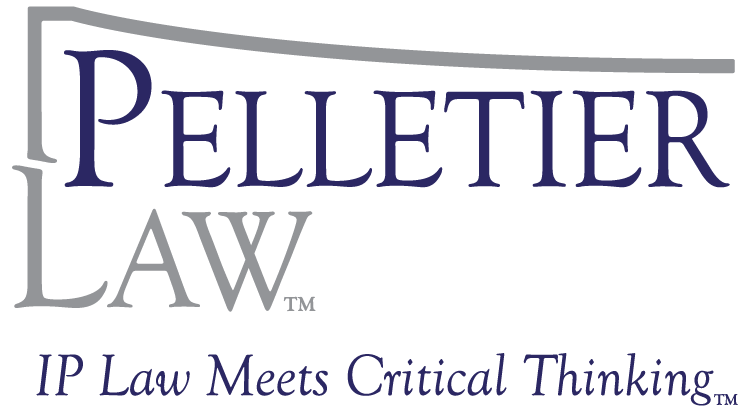Trade Secrets Usually Do Not Go Into Slumps Or Land On The Disabled List
In professional sports, the goal is to win. A team wins games because of talented players and coaches. A team wins games and consistently competes for championships — with those talented players and coaches and those that come later — when the organization of which the team is a part properly protects and uses information assets, including trade secrets.
Information assets can be foundational assets, such as strategies or processes that yield or catalyze the on-field product, including the roster of players, the players’ performances and the results of the games.
Though oxymoronic, foundational assets are at the top of the information assets hierarchy. In other words, foundational assets are potential trade secrets. (I say “potential” because, for an information asset to be a trade secret, certain legal requirements, including sufficient protection for the asset, must be satisfied.)
Importantly, foundational assets do not go into slumps, unless they are not properly used (or become obsolete), and do not land on the disabled list, unless they are not sufficiently protected. Further, foundational assets can be used repeatedly to make or modify products today and in the future. Through experience and other developments, those assets also can lead to new information assets and, in some cases, new foundational assets.
Against that backdrop, look at the Chicago Cubs. In 2015, the Cubs, as a team, won games because of talented players and coaches. More than that, the Cubs, as an organization, appear primed to consistently compete for championships because they now properly use information assets.
The Wall Street Journal recently summarized the Cubs’ organizational transformation:
While slashing the major-league payroll, the Cubs spent nearly $6 million on technology upgrades. Those have enabled executives to collect and carve up data on prospective customers and prospective sluggers alike.
When [Cubs’ owner Tom] Ricketts hired Theo Epstein as president of baseball operations in late 2011, the Cubs started using technology in ways they never had before. They built a proprietary computer database called Ivy, which houses everything from scouting reports to advanced statistics. . . .
Under Epstein, the Cubs became one of the first teams to use neuroscience computer tests to evaluate prospective draft picks. The tests, which resemble crude video games, measure how adept hitters are at recognizing pitch types and deciding whether or not to swing.
The Cubs also overhauled a staple of player evaluation for decades: the scouting report. Traditionally, scouts have been left to evaluate amateur players on their own and then file a document assessing his baseball skills and offering a gut feeling on his character. But the Cubs require scouts to document all the ways they arrived at an evaluation in real time.
(Brian Costa, “How the Cubs Emerged From the Stone Age,” Oct. 17-18, 2015 Wall Street Journal, A12.)
Taking that summary at face value, two questions for the Cubs, and any organization serious about winning, are: (1) Do you understand the difference between information assets in general and foundational assets in particular? (2) Are you sufficiently protecting your information assets and, in particular, your foundational assets, i.e., your potential trade secrets? If the answers are yes and yes, then the Cubs’ championship window should be open, or re-opened, even after current players and coaches are gone. If the answer to either question is no, then the Cubs may see their championship window close sooner than it should.

Leave a Reply